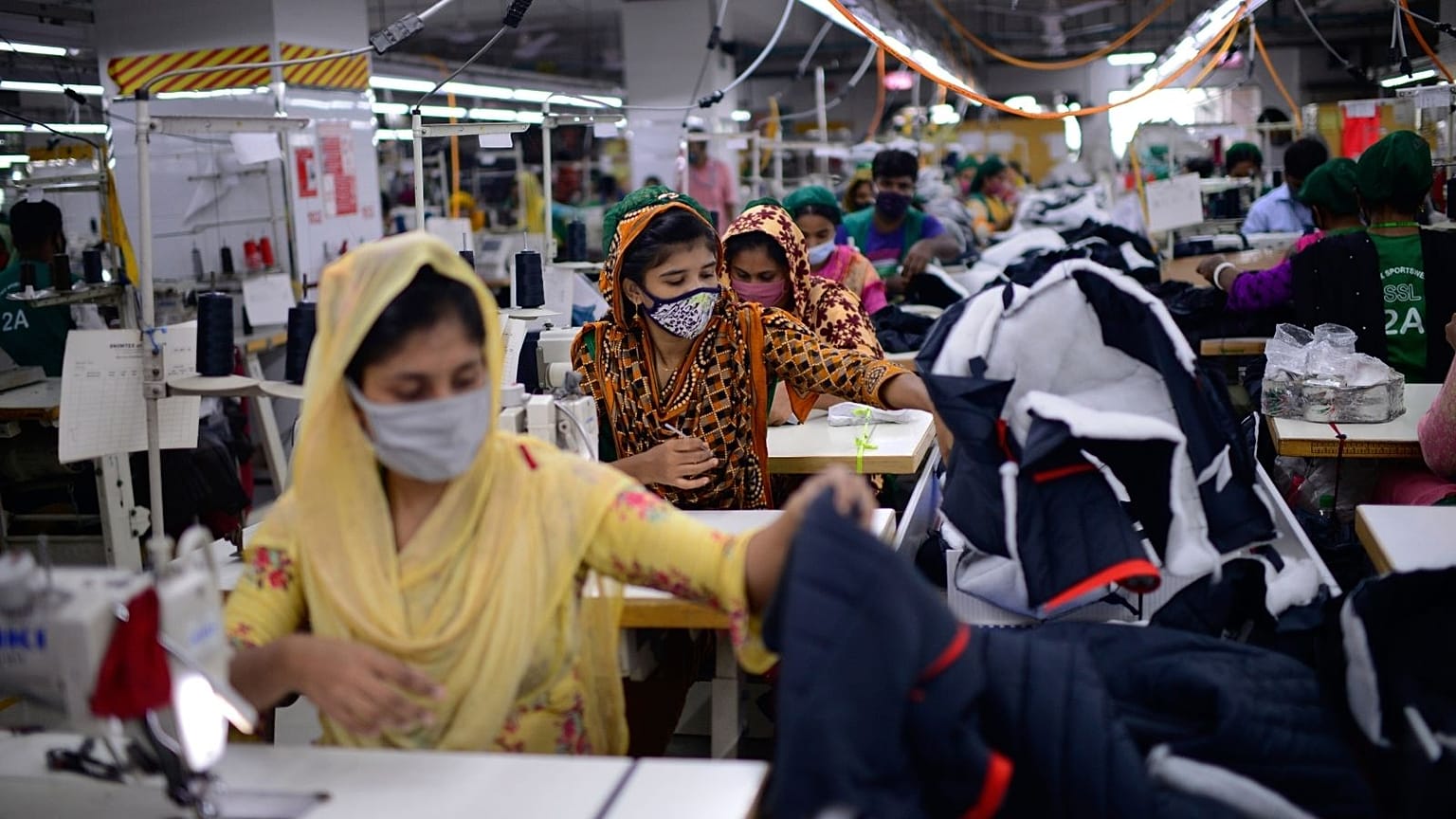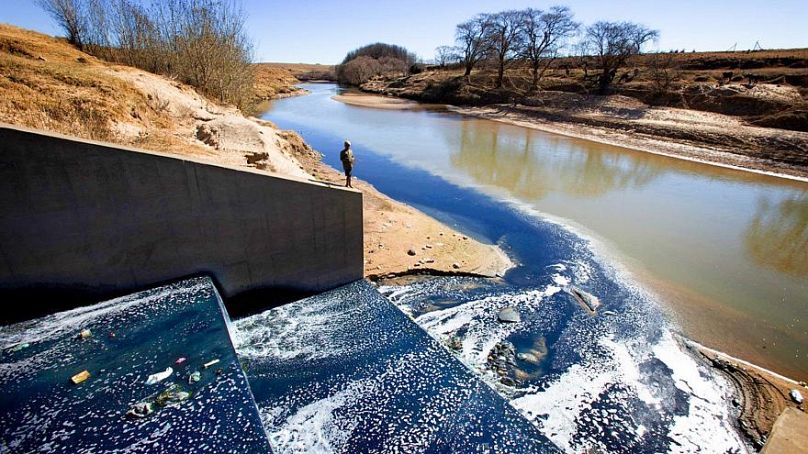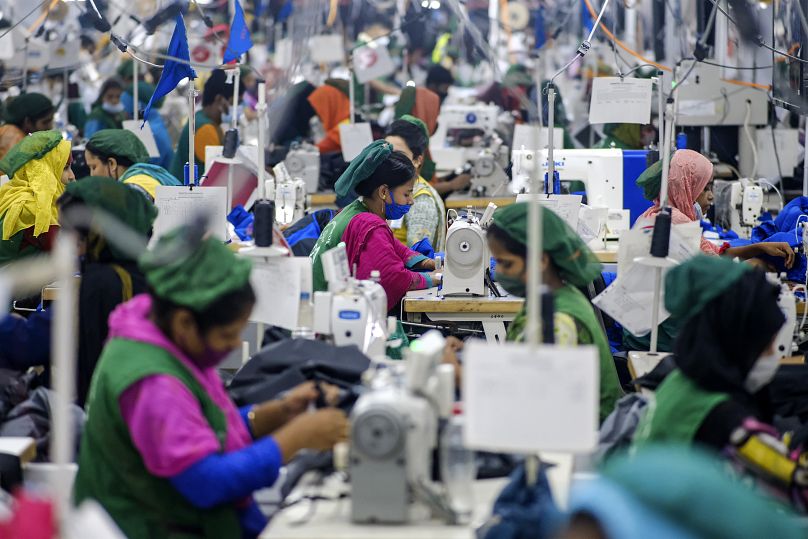It could be the first time a country has set legally-binding environmental rules for the clothing and footwear industries.
A “groundbreaking” fashion act is set to make history in New York this year by finally holding big brands accountable for their role in climate change.
From Armani to Boohoo, Prada to Shein, all multinationals operating out of the fashion capital will be forced to map at least 50 per cent of their supply chains and work on the weakest links concerning the environment and human rights.
Unveiled on Friday, the Fashion Sustainability and Social Accountability Act (or Fashion Act) could be the first time a US state - or any country - sets broad sustainability regulations for the industry.
“As a global fashion and business capital of the world, New York State has a moral responsibility to serve as a leader in mitigating the environmental and social impact of the fashion industry,” said state senator Alessandra Biaggi, who is sponsoring the bill.
In a news release, she called it “a groundbreaking piece of legislation that will make New York the global leader” in holding the fashion industry “accountable.”
Fashion lovers and critics around the world agree that change is needed. A recent World Resources Institute (WRI) report found that the industry is responsible for 2 per cent of annual global greenhouse gas emissions.
With reports of rivers of chemical pollution and hazardous working conditions, fashion’s crimes are no secret. So is the Fashion Act enough to enforce real change?
What will the New York Fashion Act entail - and how ambitious is it?
Gone are the days where New York’s supply chains laced around the Garment District in Manhattan. In the process of their manufacture our clothes now make a winding journey around the world. It makes tracing their origins notoriously tricky.
Advocates of the new Fashion Act have praised its scope in tackling this problem. The bill requires companies to detail the lifecycle of their garments: from the farms where the raw materials were extracted, through to factories and shipping.
They must then identify the points where they have the greatest adverse impact on the environment and people. It will require them to examine fair wages, energy use, greenhouse gas emissions, water and chemical management. They also have to make concrete plans to do better - in line with the Paris Agreement goals where carbon emissions are concerned.
Fashion houses must also reveal their material production volumes, showing how much cotton or leather they sell, for example, and make this available to consumers online.
Failure to do so will see the firms fined up to 2 per cent of their annual revenues - with the money aptly going to environmental justice projects administered by the US Department of Environmental Conservation. They would also be named and shamed by the New York attorney general, providing incentive to change by hurting their profits on the shopfloor.
The bill is now making its way through Senate and Assembly committees, with Biaggi and co-sponsor assemblywoman Anna R. Kelles aiming to bring it to a vote in late spring.
If successful, companies will be given 12 months to comply with the supply-chain mapping directive, and 18 months to disclose their impacts.
What do sustainable fashion experts say about the Fashion Act?
Manufacturers, environmental activists and numerous other stakeholders were consulted in drafting the proposal, explains Maxine Bédat, founder of the New Standard Institute, one of the nonprofits backing the bill. Other notable supporters include the Natural Resources Defense Council and sustainable design pioneer Stella McCartney.
These early conversations and broad support base give the bill a greater chance of success. Bédat describes the Fashion Act as “an effort to meet industry where they are, recognise the good faith efforts they are already making and come up with a common standard, but do so with some teeth.”
But not everyone agrees the bill has enough bite in its current form. Global campaign group Fashion Revolution says the act “is an indication of a step in the right direction but it needs more teeth to ensure the protection of garment workers, the environment and to truly hold brands and retailers accountable for their human and environmental impacts.”
“We are in a climate crisis, we do not have time to propose new legislation that allows for corporate loop-holes and the maintaining of the status quo,” policy and research manager Liv Simpliciano tells Euronews Green.
In particular, they are calling for the proposal to include specific metrics on ‘Tier 1’ suppliers who do the cutting, sewing and finishing of garments. It would bring them in alignment with the Transparency Pledge standard - set by a coalition of human rights organisations and global unions in 2017 - and make retailers responsible for how their purchasing practices directly impact the people who make their clothes.
“It is crucial that brands and retailers consider stakeholder voice in their remediation efforts,” adds Simpliciano.





















